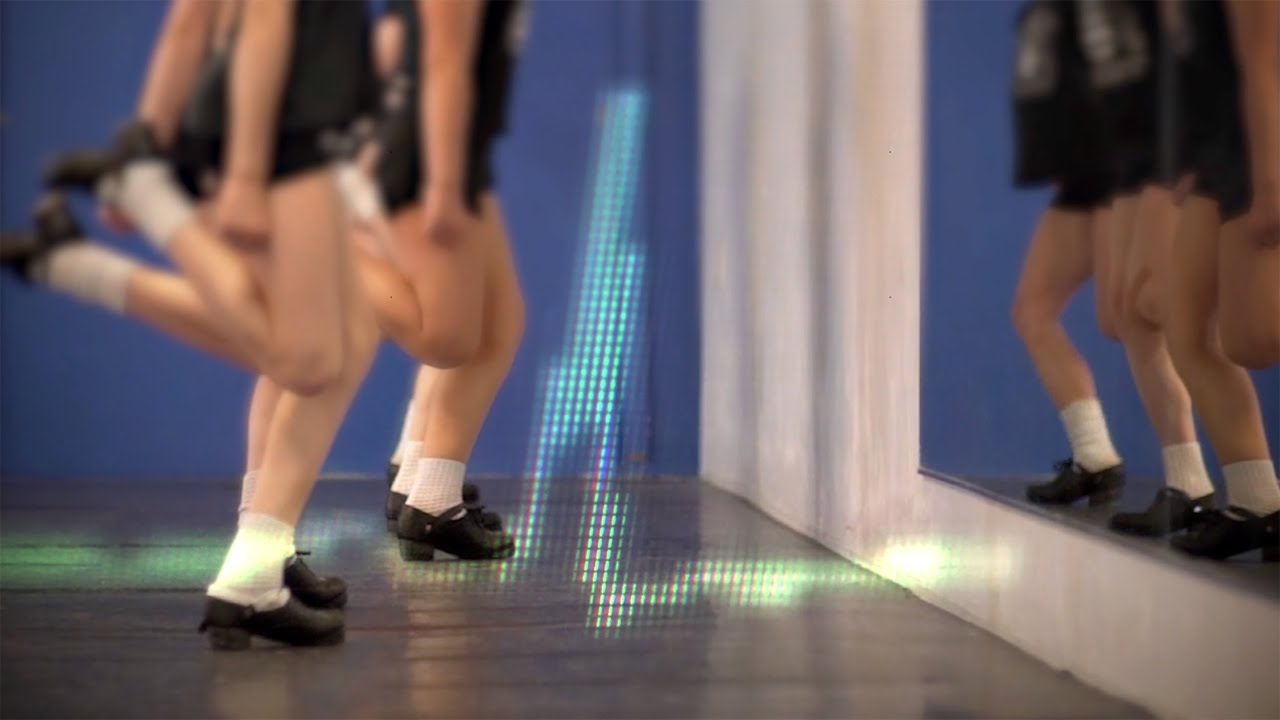Treating a Heart Arrhythmia in a Young Dancer

The thing Charlotte Walls, 10 years old, loves most is dancing—she has been studying at the New York School of American Ballet in Manhattan since she was 7 years old. One day she was dancing with her father at home and her heart started beating fast. “It felt like it was popping out and it was going super fast, and I could hear it and feel it without even putting my hand over it,” Charlotte says. There were other episodes—once at a birthday party her palpitations were so frightening an ambulance was called.
The diagnosis was a surprise: Wolff Parkinson White Syndrome (WPW) is a congenital heart condition that causes abnormally quick heartbeats called supraventricular tachycardias (SVTs). Charlotte ended up seeing Cheyenne Beach, MD, whose specialty is electrophysiology (which focuses on heart rhythm), who said the palpitations were not life-threatening but could become problematic. “We know that about 2 or 3% of patients who have WPW have life-threatening arrhythmias throughout their lifetimes,” she says.
Everyone needs a well-functioning electrical signal to trigger the heart to squeeze and beat in a coordinated way as it pumps blood to the lungs and the body. “The electricity has to move in a coordinated fashion, from top to bottom, so that the blood can move through smoothly,” Dr. Beach says. WPW is characterized by an abnormal electrical pathway that is separate from the normal electrical conduction system, and the electricity moves in an abnormal way along that pathway causing the SVTs.
“WPW affected Charlotte a lot,” says Dr. Beach. “In certain instances, it stopped her from continuing to dance. Even if she was dancing on a day when there were no palpitations, she still had it in the back of her mind that she might have them. That can really affect your ability to concentrate and move forward without worry.”
Dr. Beach proposed an electrophysiology study and ablation, a one-day procedure that wouldn’t interfere with Charlotte’s life. On the day of her treatment, Charlotte was given general anesthesia because of her age. Dr. Beach inserted a catheter (smaller ones are available for children) through the skin near the top of the leg, and threaded it up through the blood vessels to access the heart to study how the electricity was moving through both the normal and abnormal pathways. An electrophysiologist employs a three-dimensional, GPS-like mapping system to watch the progress of the catheter and to create maps of the heart. “The electrical system of the heart acts a little differently in pediatric patients, and it is important to recognize these nuances in children of various ages and sizes,” Dr. Beach says.
“Once we identify the rhythm problem and where we think it is, we find exactly the right spot where we want to eliminate that abnormal electrical pathway,” Dr. Beach says. “We either use heat therapy [radiofrequency ablation] or cold therapy [cryotherapy ablation] to stop the electrical signals from moving through that part of the heart.”
Charlotte woke up to find little bandages over the small incisions. “We got rid of her SVT and her risk for sudden death, and she was able to dance,” says Dr. Beach. Charlotte was scheduled to play a soldier in the Nutcracker in 24 performances at Lincoln Center. “When I was 37 weeks pregnant, I went to watch her. It was awesome. Now we have this great photo of Charlotte, who is just so engaging and adorable, and me at 37 weeks pregnant.” Charlotte is still dancing—with a normal heartbeat.